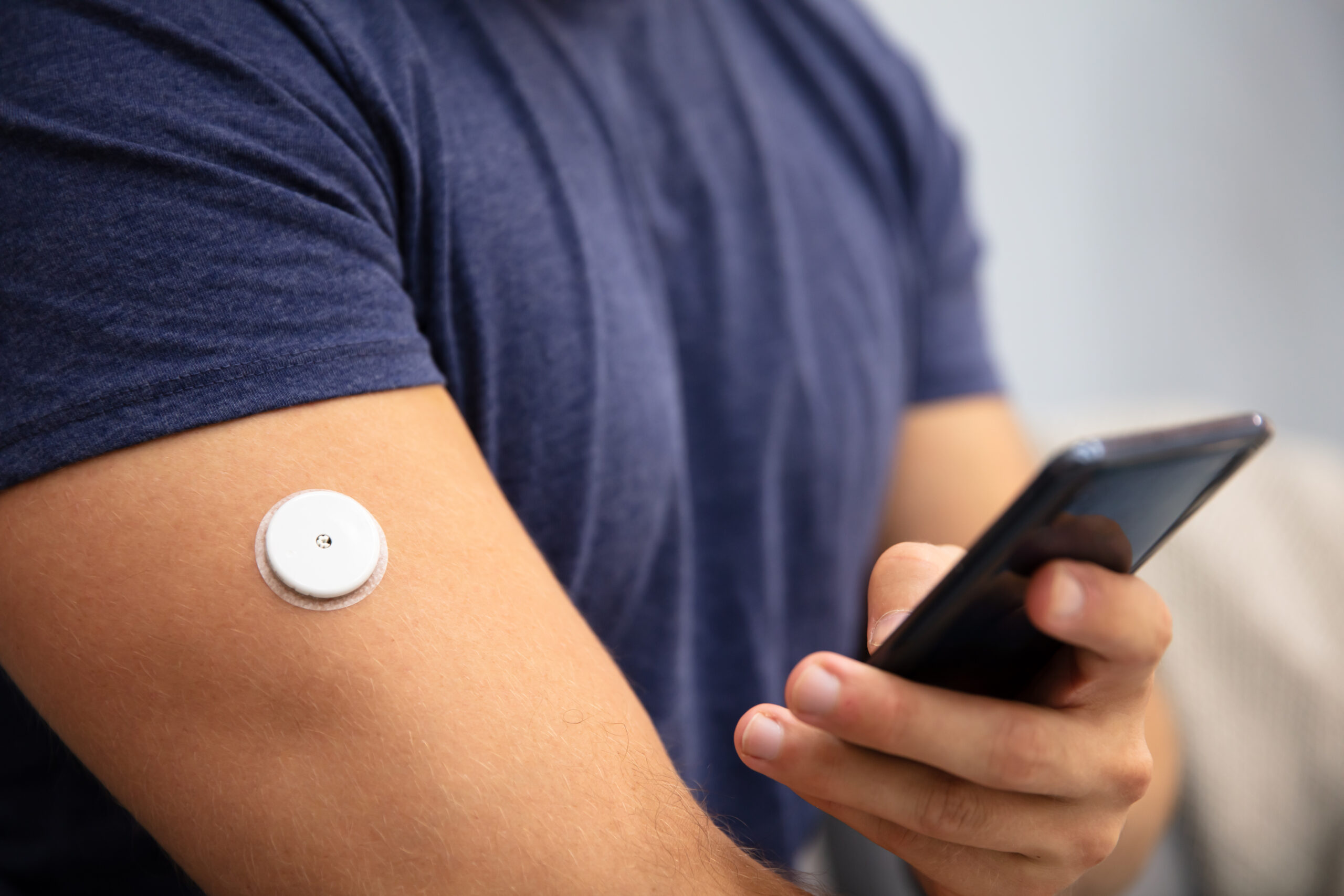Blood glucose monitoring is the practice of observing blood glucose level patterns in response to food, exercise, medications, sleep, and other lifestyle habits. It has been used for many years to help manage conditions such as diabetes but more recently it has become a trending biohacking practice.
People all over the world are attaching continuous glucose monitor (CGM) sensors to their body and learning how to keep blood sugar levels within a healthy range and as such optimize their weight and general health and wellbeing.
At the forefront of this biohacking trend are companies such as Levels in the U.S. and Ultrahuman in India and the Middle East, who are providing the sensors and have created special apps for tracking blood glucose levels and are actively educating and building communities of health enthusiasts who are proudly displaying the unmistakable patches on their arms.
Looking back, the fascination with blood glucose monitoring as a personalized health building tool started in 2017 with a ground-breaking study in the journal Cell. The study had taken place over a period of 2 years with 800 participants with the goal to identify the benefits of using a personalized approach to nutrition. Participants were first analysed on different health markers: from blood test results to genetics to the composition of their gut microbiome. They were then tracked to identify individualized blood sugar responses to food.
Chronically elevated blood sugar levels are a risk factor for diseases such as type 2 diabetes, metabolic issues, inflammation, hypertension, cardiovascular disease, non-alcoholic fatty liver disease, weight gain and several other health conditions. Keeping blood sugar levels balanced is therefore very important for our health. Unfortunately, it is a “silent” marker – except for extreme hypoglycemic events where blood sugar levels drop really low and we may feel the unmistakable hunger pangs, shakiness, fatigue and irritability, we don’t really know what’s going on with our blood sugar levels unless we measure.
The results of the study showed some interesting things: each individual participant showed unique responses to different foods. One person’s blood glucose level could spike after eating rice whereas the next person could eat rice without a problem but responded more strongly to, for example, bread.
The second important finding was that a person’s unique mix of personal features and microbiome composition could help predict that person’s blood sugar response and therefore their “ideal” diet for blood sugar control and weight management.
All in all, the study has paved the way for a personalized nutrition approach and using continuous glucose monitoring towards this end.
I have personally been using a continuous glucose monitor from time to time and am also actively using it with clients to help fine-tune their diet and lifestyle interventions. By experimenting with different meals, meal timings, order of eating different foods, exercise routine, sleep patterns it is possible to identify an approach that works best for each individual and as such it can be a great tool to help improve workout performance, sleep, and an overall sense of wellbeing.
If you are ready to jump on the health optimization bandwagon, consider using a continuous blood sugar monitor to better understand your body. Unfortunately, despite the benefits of using CGMs in many countries it is still required to get a doctor’s prescription. If you live in the Middle East or India, you have easy access through UltraHuman.
Taking control of your health is vital and trackers such as CGMs are powerful tools to use in your health building routine.
Be well!
Monique


